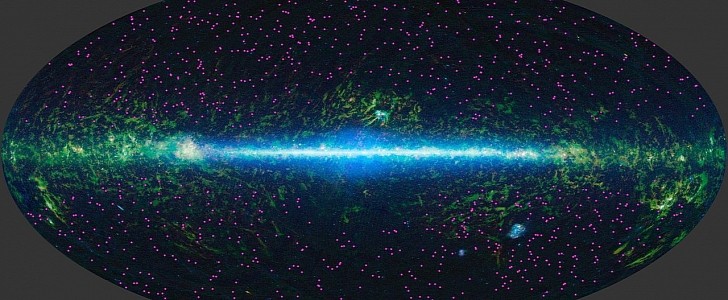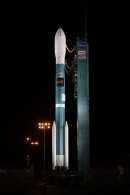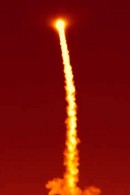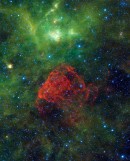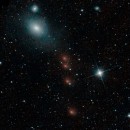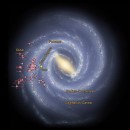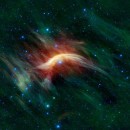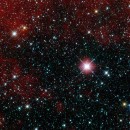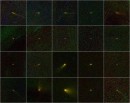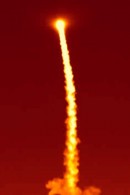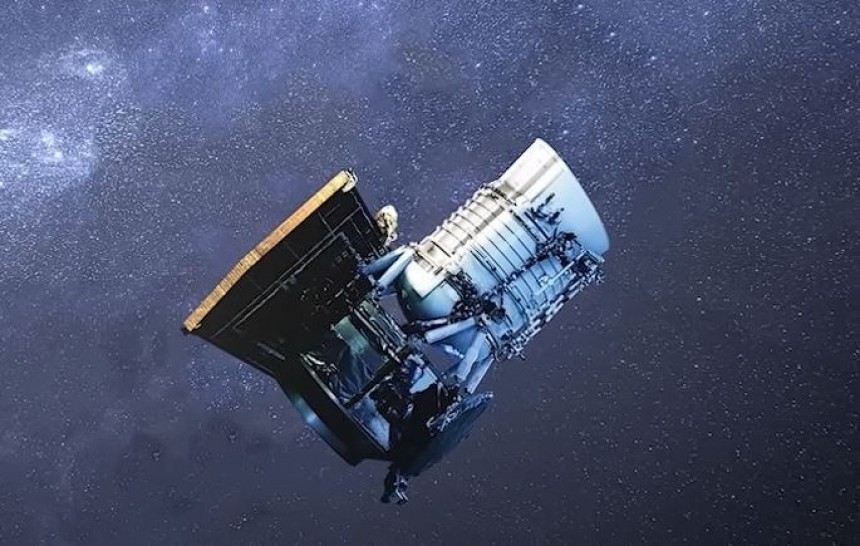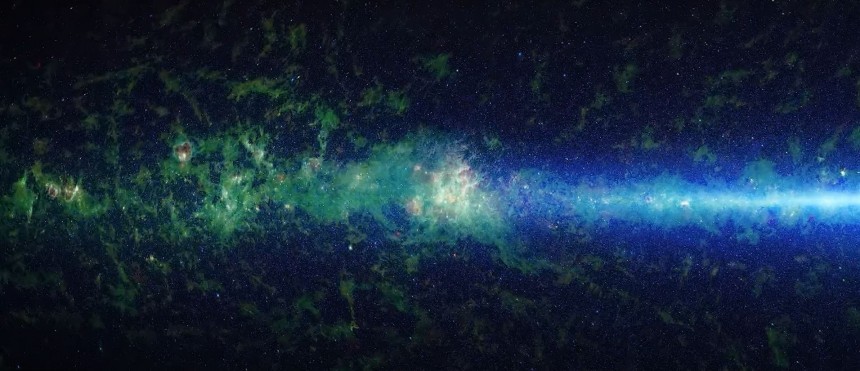What were you up to this time 13 years ago? Was it of any substantial importance? Or were you still young enough to be flunking math exams on a regular? Whatever the case, NASA's Near-Earth Object Wide Field Infrared Survey Explorer (NEOWISE) spent the last decade doing something spectacular. Let's look at the remarkable telescope that made it all happen.
Commissioned in 1999 and launched aboard a Delta II rocket in December 2009, the Wide Field Infrared Survey Explorer operates remarkably different from other more famous space telescopes like Hubble. It operates broadly in the infrared, with some limited visual light capture capability.
Its job is to orbit more or less exactly perpendicular to the line between day and night as the Earth completes its rotation every 23 hours, 56 minutes, and 4.09 seconds, surveying the night sky with each pass.
As the spacecraft completes a six-month halfway transit around the sun, it uses its unique north-to-south orbit at the day/night line to scan the heavens like the inside of a globe. At this point, photographic data from that cycle's findings are compiled into breathtaking images.
When stitched together, these photos make for a staggering display. Once you've done this for twelve straight years, the results are even more remarkable. Using 18 separate star maps woven together, the infrared energies of the observable universe can now be seen in a way human eyeballs can appreciate.
The beauty of the infrared spectrum is how it makes once-dark, distant objects that maybe have slipped the sight of space telescopes in other fields of the energy spectrum come into focus. This phenomenon is the Achilles heel of optical/ultraviolet telescopes like Hubble, despite all of its amazing exploits.
Infrared space telescopes like NEOWISE and the just activated James Webb Telescope can bring far-off, dim objects like asteroids, comets, and even barely luminescent brown dwarf stars that were once unknown to human science into full-living color.
From hidden black holes to long-dead stars emitting supernova radiation for billions of lightyears in all directions, NEOWISE is proving definitively that the universe is a vibrant, dynamic, and often violent place. To a certain degree, it mimics the chaotic and not often smooth-sailing mission that spawned NEOWISE as we know it today.
For the first three years of its mission, the WISE spacecraft's purpose was to observe objects strictly outside of the solar system. The spacecraft did so by cooling its infrared sensors to a bone-chilling four degrees Kelvin. Only then could distant objects in the cosmos be detectable in any meaningful way.
Though the satellite's liquid helium cooling loop worked fine for a time, its effectiveness waned to the point the mission could no longer proceed and was put into hibernation in 2011. When the telescope was rebooted in 2013, it bore a new name and a new mission.
From then on, NEOWISE's mission was to survey as many Near Earth Objects (NEOs) as possible by observing the heavens through a broad spectrum of wavelengths measuring from 3.2 μm up to 22 μm. Parts of the infrared spectrum that other infrared space telescopes like James Webb might not prioritize.
Between its observations of the cosmos both near and far, WISE has become the reliable backbone of NASA's space telescope fleet, while JWST and Hubble receive infinitely more press coverage. "We never anticipated that the spacecraft would be operating this long, and I don't think we could have anticipated the science we'd be able to do with this much data," said Peter Eisenhardt, an astronomer at NASA's Jet Propulsion Laboratory and WISE project scientist.
When even the persons in charge of the mission are impressed with the results, you know you've done a great job. The NEOWISE mission is currently extended until at least June 2023. But because the spacecraft doesn't use magnetic torque generators and reaction wheels and not liquid propellant to orient itself, this is the kind of mission you can ride until the wheels fall off.
Its job is to orbit more or less exactly perpendicular to the line between day and night as the Earth completes its rotation every 23 hours, 56 minutes, and 4.09 seconds, surveying the night sky with each pass.
As the spacecraft completes a six-month halfway transit around the sun, it uses its unique north-to-south orbit at the day/night line to scan the heavens like the inside of a globe. At this point, photographic data from that cycle's findings are compiled into breathtaking images.
When stitched together, these photos make for a staggering display. Once you've done this for twelve straight years, the results are even more remarkable. Using 18 separate star maps woven together, the infrared energies of the observable universe can now be seen in a way human eyeballs can appreciate.
Infrared space telescopes like NEOWISE and the just activated James Webb Telescope can bring far-off, dim objects like asteroids, comets, and even barely luminescent brown dwarf stars that were once unknown to human science into full-living color.
From hidden black holes to long-dead stars emitting supernova radiation for billions of lightyears in all directions, NEOWISE is proving definitively that the universe is a vibrant, dynamic, and often violent place. To a certain degree, it mimics the chaotic and not often smooth-sailing mission that spawned NEOWISE as we know it today.
For the first three years of its mission, the WISE spacecraft's purpose was to observe objects strictly outside of the solar system. The spacecraft did so by cooling its infrared sensors to a bone-chilling four degrees Kelvin. Only then could distant objects in the cosmos be detectable in any meaningful way.
From then on, NEOWISE's mission was to survey as many Near Earth Objects (NEOs) as possible by observing the heavens through a broad spectrum of wavelengths measuring from 3.2 μm up to 22 μm. Parts of the infrared spectrum that other infrared space telescopes like James Webb might not prioritize.
Between its observations of the cosmos both near and far, WISE has become the reliable backbone of NASA's space telescope fleet, while JWST and Hubble receive infinitely more press coverage. "We never anticipated that the spacecraft would be operating this long, and I don't think we could have anticipated the science we'd be able to do with this much data," said Peter Eisenhardt, an astronomer at NASA's Jet Propulsion Laboratory and WISE project scientist.
When even the persons in charge of the mission are impressed with the results, you know you've done a great job. The NEOWISE mission is currently extended until at least June 2023. But because the spacecraft doesn't use magnetic torque generators and reaction wheels and not liquid propellant to orient itself, this is the kind of mission you can ride until the wheels fall off.
